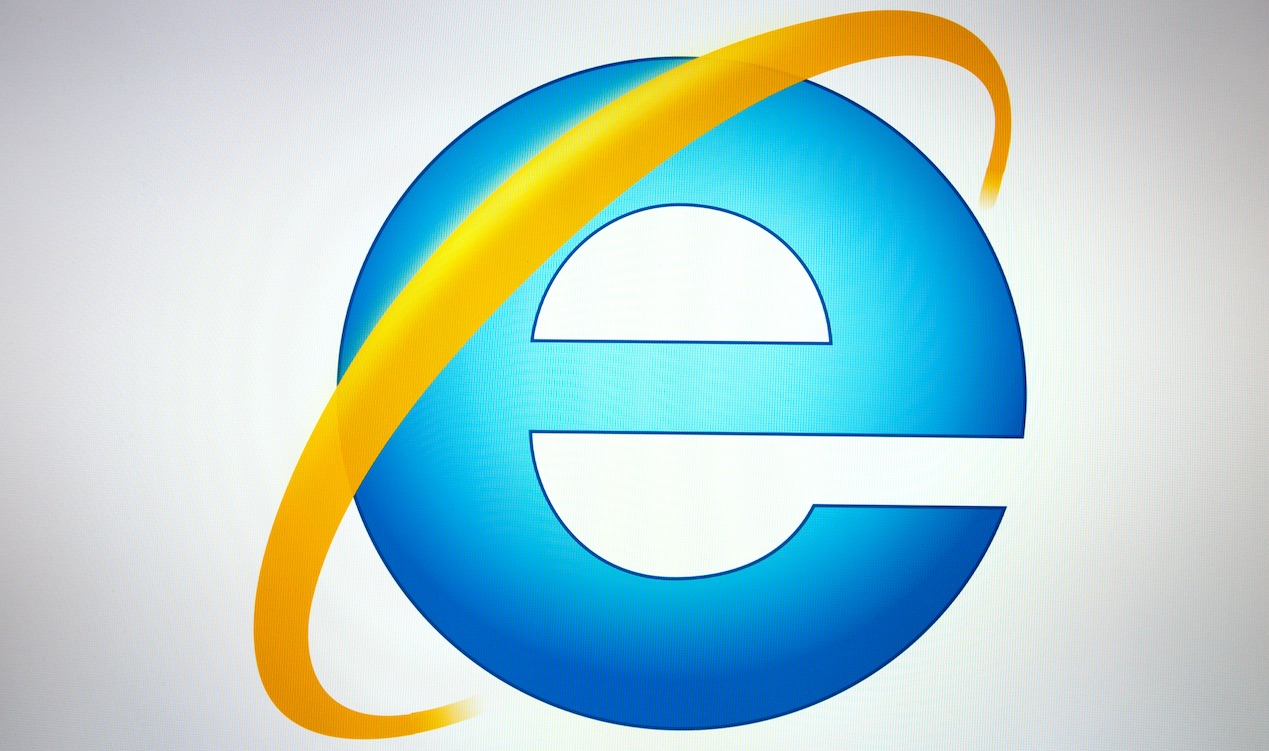How it was? Pop myths all go away at 27: Jim Morrison, Janis Joplin, Jimi Hendrix and, several years later, first Kurt Cobain and then Amy Winehouse.
With a certain cynicism, there are those who have even coined the term Club 27.
Well, with a little imagination you could also include the most celebrated browser for decades: Internet Explorer.
Which, to tell the truth, will close its doors before having turned 27. The browser was in fact presented on August 17, 1995, and will be withdrawn from the market on Wednesday June 15.
Let’s start first from this news, also understanding what it will imply on a practical level. We will therefore do a brief retrospective of the browser that had managed to cover 90% of the market.

Addio from Internet Explorer
The official date has therefore arrived, even if concretely, the use of Internet Explorer – at least as regards consumer users – has been a thing of the past for years.
The software will be withdrawn from the market on Wednesday, June 15, as announced on a corporate blog post some time ago. And as Tech Princess also reported in a previous article.
Where we pointed out that, according to recent data, IE is used today by just 0.47% of Internet users, against 62.78% of Google Chrome users.
Installable up to version 10 of Windows, in Windows 11 Internet Explorer redirected to Microsoft Edge, a browser born in 2015.
Edge maintains Internet Explorer mode, “for organizations that still need Internet Explorer 11 to ensure compatibility with existing Web sites, but also need a modern browser.”
Possible problems
The point is precisely that, at a company level, several applications that require Internet Explorer are still used today.
For example, some are based on ActiveX technology, introduced by Microsoft in 1996.
Among the Edge faq you can read that “Microsoft Edge does not support ActiveX controls or BHO (Browser Help Objects) elements such as Silverlight or Java content. However, if you are running web applications that use ActiveX controls, BHOs, or legacy Internet Explorer pages, you can configure them to run in Internet Explorer mode in the new Microsoft Edge. ”
So it is possible that if you are not using Edge in Internet Explorer mode, there will be difficulties in using ActiveX controls.
A progressive abandonment
However, the company explains in a note that the abandonment of IE will be progressive. Indeed, it can be read that “the IE11 desktop application will be permanently disabled as part of a future cumulative Windows update. We will consider the appropriate time to redirect users and deploy the Windows update based on several factors. This can take place at any time after June 15, 2022 “.
It was a volta Internet Explorer
It was the year 1995, we said. And we all had to find ourselves discovering Internet Explorer. Let’s say we owed it because the browser was pre-installed on Windows 95. And in fact Microsoft has been sued for abuse of dominant position. The accusation was that of having “acted in a predatory way to conquer market space to the detriment of Netscape Communications”.
Since its position gradually consolidated, up to 2004, when it even held 90% of the market.
Then, within a few years, things stopped turning (it is appropriate to say this, since we are talking about browsers).
The decline and the end
In 2013, more than half of users (55%) still used Internet Explorer. While the very modest percentage today (the 0.47% already mentioned) is probably mostly composed of old devices that are not updated (and not upgradeable).
The fact is, perhaps resting too much on its laurels, IE has not been able to keep up with the times. And compared to its competitors, it proved to be too slow, with glaring bugs and security problems.
Even the newcomer, Microsoft Edge, conceived in 2015 to retire Internet Explorer, is struggling to take off. And for now it has secured only 6% of the market, dominated by Chrome.















Leave a Reply
View Comments